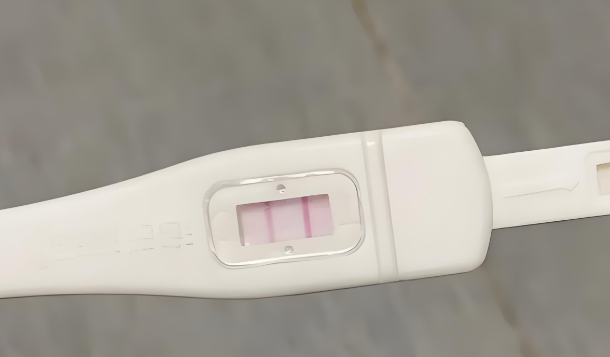How to know if you're pregnant
How to know if you're pregnant?To find out if you are pregnant, you can use a pregnancy test, take your basal body temperature, test for HCG in your blood, or have an ultrasound. A positive pregnancy test, a rising basal body temperature, HCG levels above 25 U/L, or an ultrasound showing the presence of a gestational sac are all signs of pregnancy.
After becoming pregnant, you may experience symptoms such as amenorrhea, breast enlargement, nausea, and aversion to oil. However, psychological factors cannot be ruled out as causes of pseudo-pregnancy, so it is more accurate to choose an appropriate method to determine pregnancy.
Using a pregnancy test
After implantation, the fertilized egg secretes HCG, which circulates throughout the body with the bloodstream and passes into the urine. A pregnancy test can detect the level of HCG in your urine and provide a preliminary assessment of whether or not you are pregnant. The hormone level is highest in morning urine, and testing with morning urine can reduce errors. The test should be done one week after your period is due.
Taking your basal body temperature
Before ovulation, your basal body temperature is usually below 97.6 degrees Fahrenheit (36.5 degrees Celsius). After ovulation, the temperature increases by about 0.3-0.5 degrees Celsius. If the egg is not fertilized, the temperature will return to normal after about a week. If the temperature does not drop after 18 days, it is likely that you are pregnant. Basal body temperature is also called resting body temperature. It should be taken in the morning before you get up. Place the thermometer where you can easily reach it and take it immediately after waking up without doing anything.
Performing a Blood HCG Test
A blood HCG test can be done about 20 days after intercourse to determine the amount of HCG in the blood. A level above 25 U/L is highly suggestive of pregnancy, and the accuracy rate is over 99%.
Ultrasound
An ultrasound may be performed 10 days after the delay in menstruation to determine if a pregnancy sac is present, how it is developing, whether its size is consistent with the month of pregnancy, and to rule out an ectopic pregnancy.







